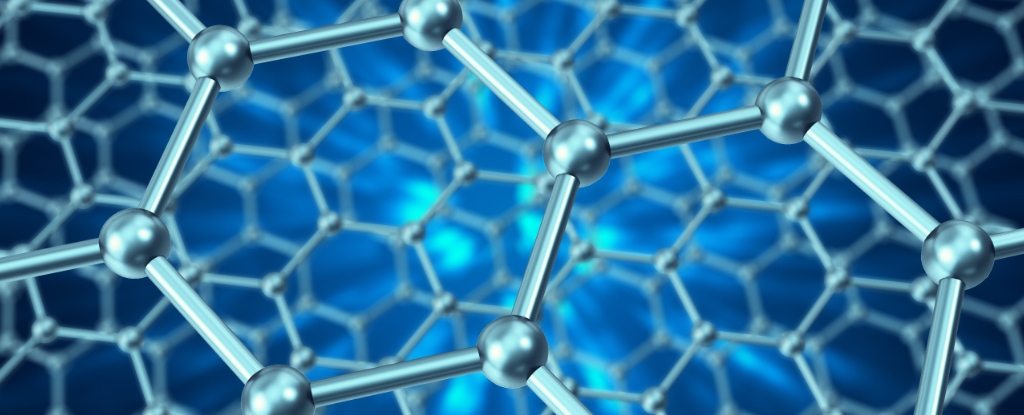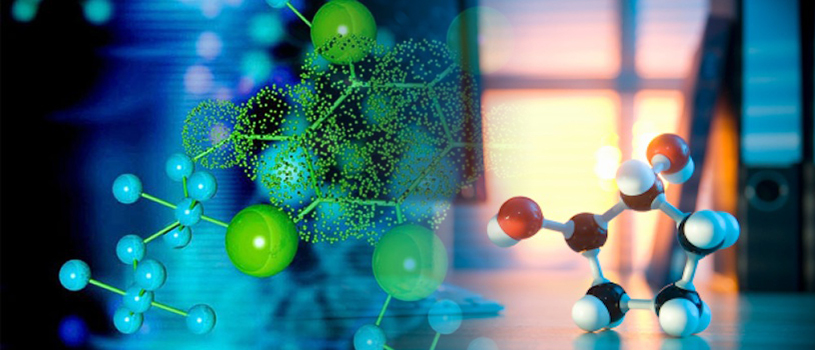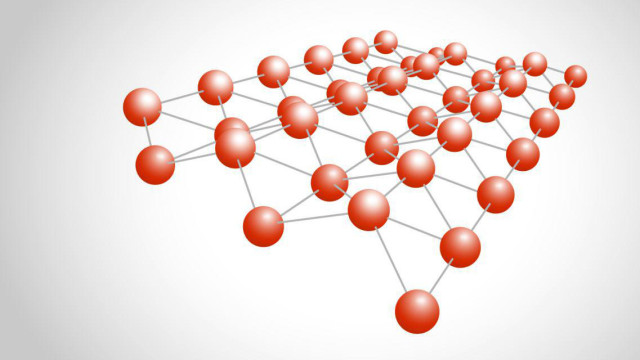
Team of international researchers have recently discovered a strange new state of matter in the dynamics of currents flowing through layers of graphene.

The extraordinary material has set a new record for exhibiting magnetoresistance at room temperature.

Scientists have developed a new technique for turning almost any carbon-based rubbish from banana skins to car tires into graphene flakes, a process that may provide hugely positive environmental impacts.

Hexagonal Boron Nitride ( hBN ) which is sometimes referred to as ‘white graphene’ and graphene itself are very compatible when layered together, providing advantages in bonding strength.

A mushroom has been turned into a renewable energy generator using 3D printed materials and bacteria. The initial results are promising for further development as a source of renewable energy.

UK Researchers have created graphene-infused concrete that is twice as strong but has far lower carbon emissions than ordinary concrete.

This is the thinnest film with the stiffness and hardness of diamond ever created.

The biological supercapacitor is a protein-based battery-like device capable of extracting energy from the human body.

The intrinsic ability of graphene to superconduct has been activated for the first time. This further widens the potential of graphene as a material that could be used in fields such as energy storage, high-speed computing, and molecular electronics.

Porous, 3-D forms of graphene developed at MIT can be 10 times as strong as steel but much lighter.

The first-ever growth of two-dimensional gallium nitride using graphene encapsulation could lead to applications in deep ultraviolet lasers, next-generation electronics and sensors.

A team of engineers at Washington University in St. Louis has found a way to use graphene oxide sheets to transform dirty water into drinking water, a discovery it says could be a global game-changer.
Aether 1 3D Bioprinter prototype unit shown. Aether 1 beta units are set to be released summer 2016.

An international team of researchers has found evidence of a mysterious new state of matter, first predicted 40 years ago, in a real material. This state, known as a quantum spin liquid, causes electrons -- thought to be indivisible building blocks of nature -- to break into pieces.

Graphene is the best-known two-dimensional material, with its atom-thick layers proving plenty of fascinating material properties. But now a team of scientists has developed a new material with a similar structure that they’re calling borophene.